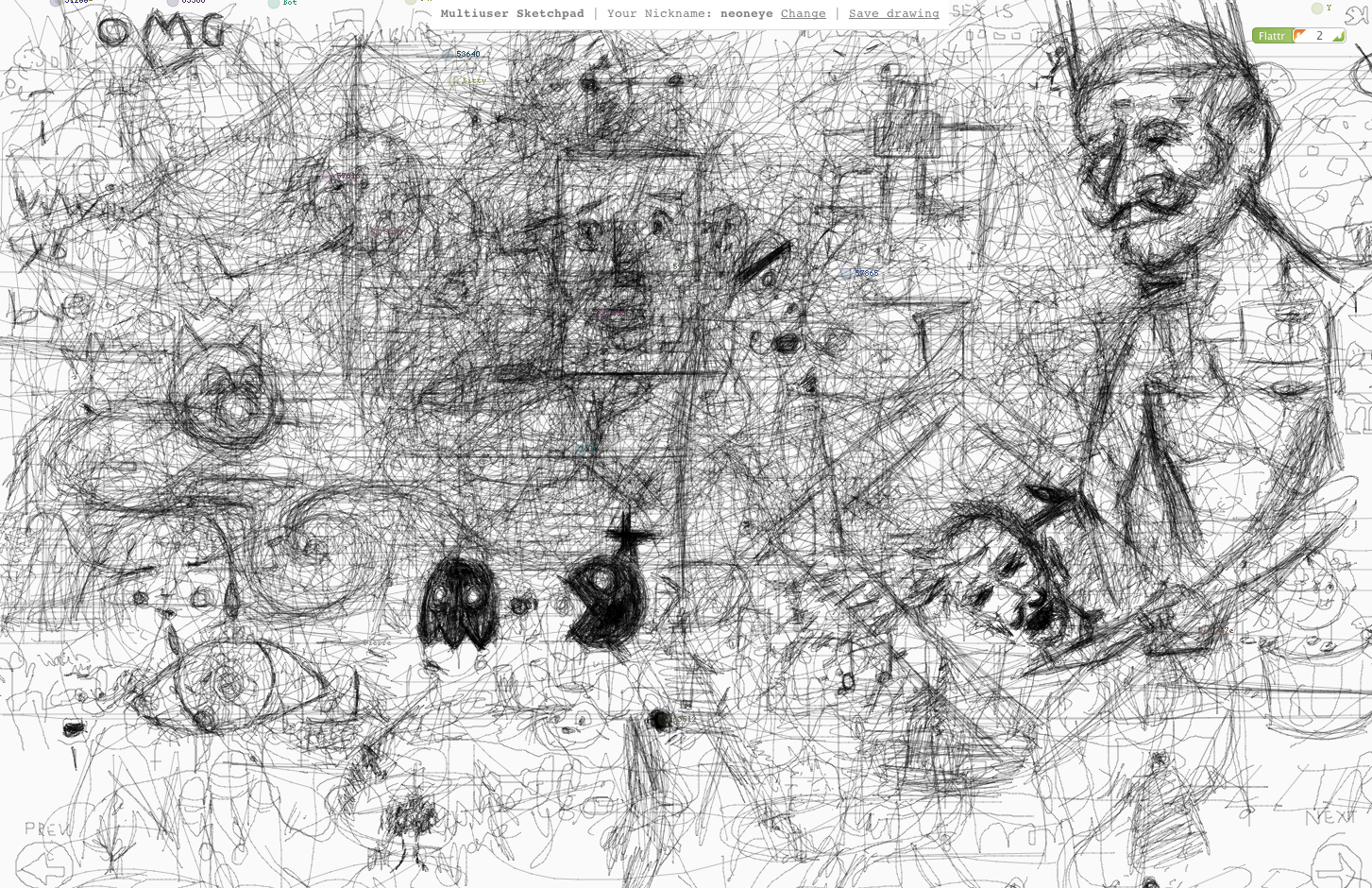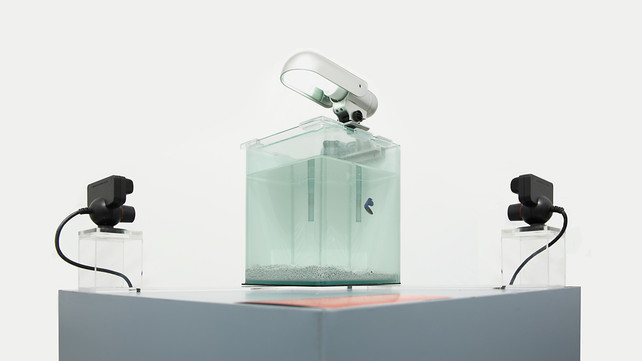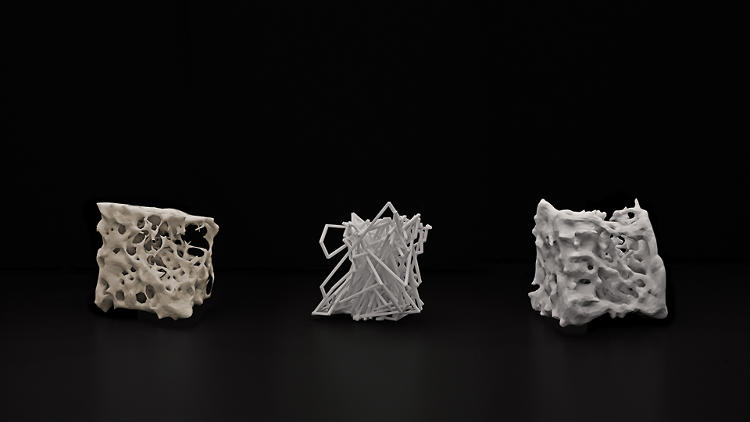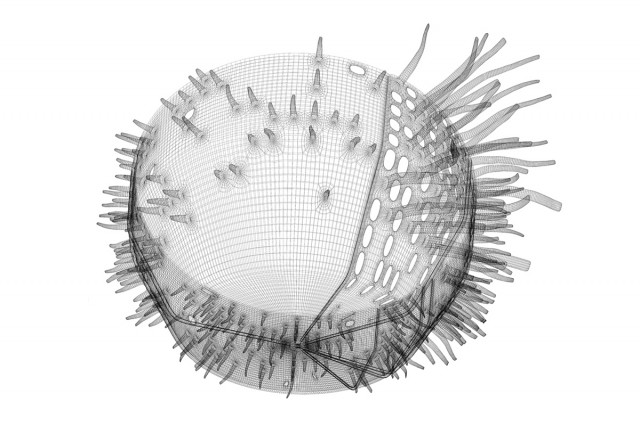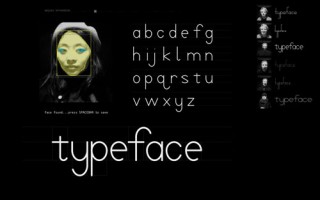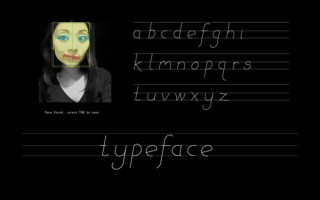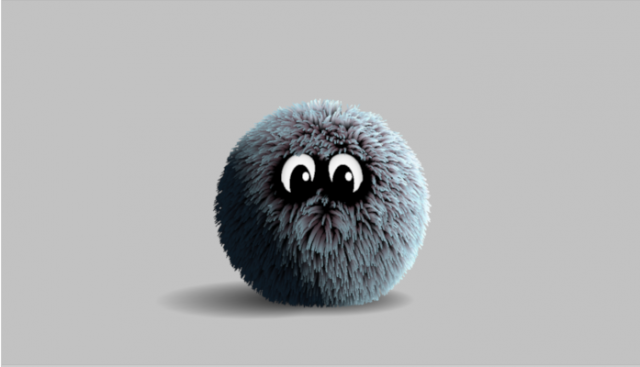Ticha-LookingOutwards-3
Pixelate by Sures Kumar
Well, I must say I have seen a fair share of games involving food and eating, but never have I seen one that involved eating food the way Pixelate by Sures Kumar does. Albeit simple in its concept, Pixelate can be a surprisingly thought-provoking piece of work; in our current culture that is dominated by cheap fast foods and deliciously unhealthy meals, we tend to be less mindful of eating a balanced diet. As the more wholesome foods tend to be costly and not as easily accessible as the non-wholesome ones, it is understandable for many individuals to not feel inclined to make healthier choices. Pixelate is a simple statement of encouraging people to eat nutritious meals, but what I find most endearing about it is that since it a game it causes the act of eating healthy foods to feel rewarding. This characteristic is very much like the Wii Fit games.
The way the game is able to use pressure to detect which foods are being eaten is a particularly useful feature. However, this may be prone to error or limit the variety of foods. Additionally, the gameplay can get tedious, so the developers will have to adding more features to make the game more engaging.
Listen Carefully by Jonas Breme
Listen Carefully is an interesting project by Jonas Breme that makes us reflect on how we experience music today. It speaks to me on a personal level in particular, as I listen to music on a regular basis – but only as a secondary task. I cannot recall the last time I truly focused on listening to a song without simultaneously doing something else.
This project also touches upon the concept of multitasking, its prevalence in our daily routine, and how it prevents us from giving a single activity our full attention. What is poetic about Listen Carefully is that it forces the user to pause and unwind, commanding their full attention – just so that they may experience a moment of slow listening in a fast-paced life.
A Beat of Your Heart by Jason Mingay
Jason Mingay’s A Beat of Your Heart uses an Arduino and a pulse sensor to evoke certain emotional reactions from the viewer as they watch a sequence of video clips. What interests me about A Beat of Your Heart is that, while conventional art is made to passively induce emotional responses from the observer, this project almost forcefully injects certain reactions into the observer by provoking changes in heart rate. This project can possibly be seen as a complement to Listen Carefully, due to their similar objective of holding the user’s attention but different emotional reactions.
To me, A Beat of Your Heart still feels more like a ‘detailed sketch’ than a final product. Regardless, I feel that this idea has a lot of potential and would like how it can be applied in different contexts.
